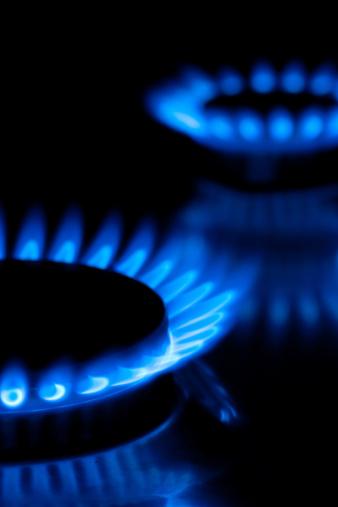ACER assesses policy options for harmonised transmission tariff structures in the gas sector

Challenges identified
The Third Package requires a shift from point to point tariffs to entry/exit tariffs. That will allow gas to flow and change ownership more easily and flexibly, facilitating gas market integration, trading and competition. When developing the Framework Guidelines, ACER also reviewed how that entry/exit requirement could be best accommodated with regulatory measures that provide sufficient clarity, simplicity and flexibility for the gas markets to integrate. During this work, the Agency identified some tariff structures justifiably relate to factors such as the maturity of the national gas system; supply and demand characteristics; and topological considerations. The view of ACER is that differences of tariff structures are acceptable where tariffs derive from an objective and transparent methodology, but inconsistent tariff structures across Member States make cross-border gas transportation unnecessarily complex for network users. The Agency found as well that, where tariff structures lack objectivity or do not reflect system costs, this can lead to inefficient use of the transmission networks and potentially inefficient cross border gas trades. Unjustifiably high transmission tariffs for short term products can negatively affect wholesale market integration across hubs in the European Union.Recommended policies
The best performing policies, as assessed in the justification document, in the Agency’s view are consistent and in compliance with the Third Package objectives. They shall serve the integration of European networks and gas markets, allow for transparent and cost-reflective tariffication leading in the end to non-discriminatory access arrangements, in order for:
- Competition to develop in commodity markets, allowing market players to freely ship gas between market areas and respond to price signals to help gas flowing to where it is valued most; and
- Networks to be used efficiently, while guaranteeing adequate remuneration for network investments. The model has to also allow the removal of physical congestions that hinder market integration, where this is the case.
Policy options were developed in response to regulatory challenges identified by the Agency. They are assessed against a set of objective criteria. The analysis is supported by evidence collected from a wide range of stakeholders. ENSTOG and its members are invited to expand the current justification document with additional evidence, underpinning all the points where the Network Code developed by ENTSOG completes or amends the policy options detailed in the Framework Guidelines and in the accompanying justification document.
Additional info:

